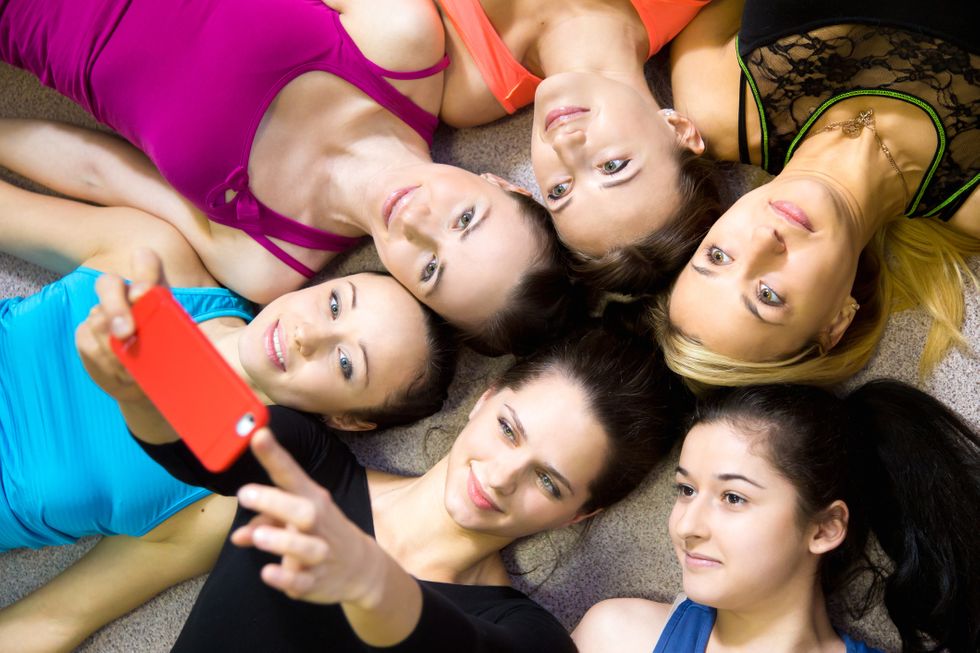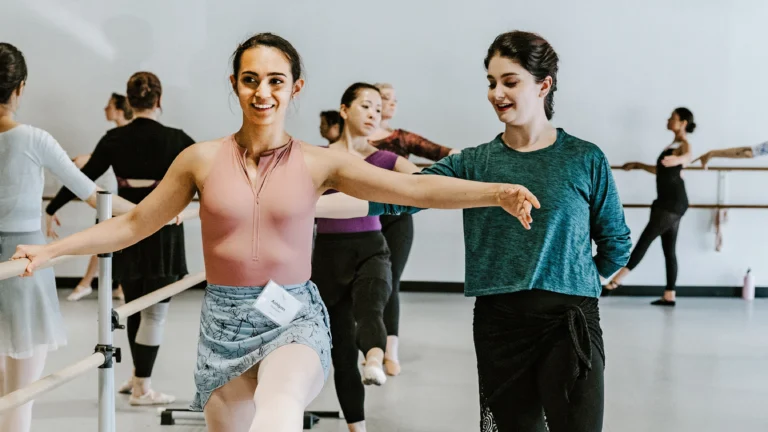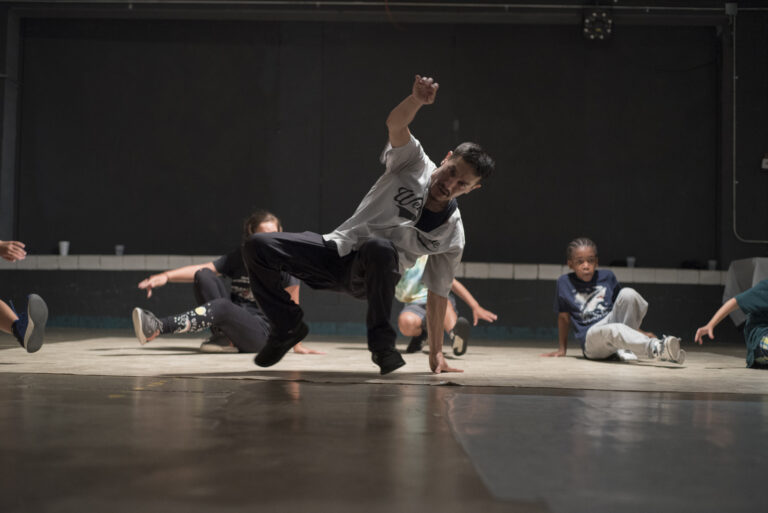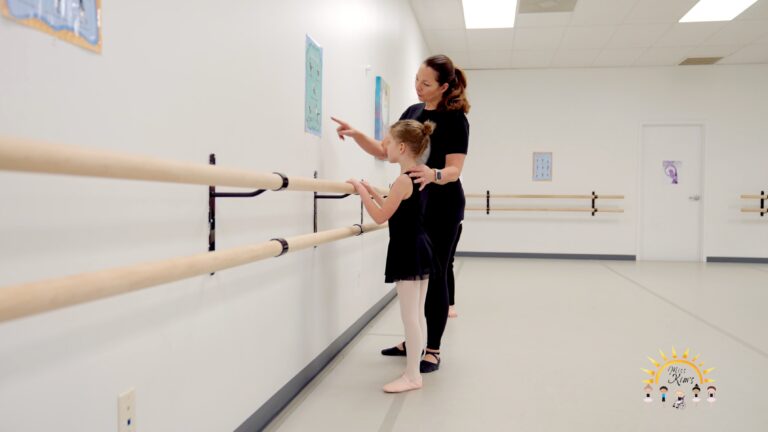
Sandra Neels, former Merce Cunningham Dance Company dancer and associate professor of dance at Winthrop University in South Carolina, addresses the physical and mental effects of obsessive smartphone use on her dance students.
I have been teaching in colleges, universities, arts institutes and pre-professional programs since 1974. I can honestly report that it has become more and more difficult in the last 12 years, mainly because of my students’ preoccupation with their phones.
Their posture now tends to bend forward at the neck and upper back from the constant texting. They lack awareness of the space around them. They regularly run into each other while performing the simplest of combinations. They regularly excuse themselves during classes to go to the restroom, when what they are actually doing is using their phones. Some even check their phones while in the middle of doing combinations across the floor, having managed to hide them in their practice clothes.
The classes I taught even before 12 years ago never had students like today. Now, my beginning students are stiff, inflexible and lacking in strength when performing the easiest of movements. They struggle with even simple sequences and show an inability to understand and learn basic rhythms. Out of touch, out of tune, out of sensitivity to themselves, as well as their surroundings, is how I would best describe the dance student I teach these days.
 Thinkstock
Thinkstock
The damage is real. Studies indicate that a preoccupation with phone use is associated with musculoskeletal disorders, repetitive strain injury, obesity, sleep deprivation and lack of neurological brain development. It has been shown to interfere with the user’s ability to communicate.
So, what can I do? Incorporate larger choreography involving arm movements in the combinations, so the students can’t access their phones? Have them throw their bodies onto the floor in continuous body rolls? Direct them to constantly turn, so they have to spot, removing the opportunity to read or text anything on their phones? None of these seem to be a practical solution to the basic problem of preference for phone use over anything else at all. I have to dig deeper: perhaps into every human being’s basic drive to move. How can I make learning dance more attractive to these students?
One of my solutions is to keep a class moving faster. When I take time to talk and explain how to perform movements, I lose the students. I vary the recorded accompaniment throughout every class, utilizing global, as well as contemporary and pop music, in an effort to gain their attention.
Perhaps I need to incorporate more questions in my teaching style, such as: How far can you stretch your arms? How quickly can you run across the floor? How much can you twist your torso? How long can you jump in place? How big can you swing your body? These are basic movement questions that address every human being’s sense of competition, if not with each other, then with oneself.
How far, how much, how long, how fast, how big? These are what I am going to call my “persuasions” or “catalysts.” These are what I need to use and test right now. I have a goal: to somehow impart my love of movement in an effort to detract from distractions.
My full-out demonstrations don’t work, because these students are not interested in me. They are, however, always interested in themselves and their accomplishments. Therefore, I am switching my teaching vocabulary to words that will direct them toward keeping track of their movement accomplishments. This will include a rubric involving the list: how far, how fast, how much, how long, how big and a variety of other questions that help them account for their progress. It will be included on their syllabus, and they will have individual copies on which to enter their own data. At the end of the semester, they will not only be able to see their progress, but be able to grade themselves. It is my hope that I will be able to successfully report on these new methods of persuasion.



